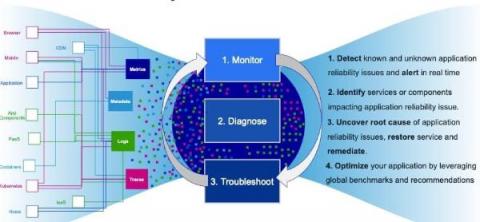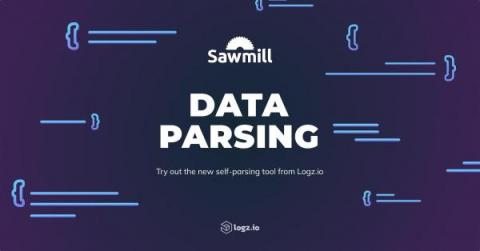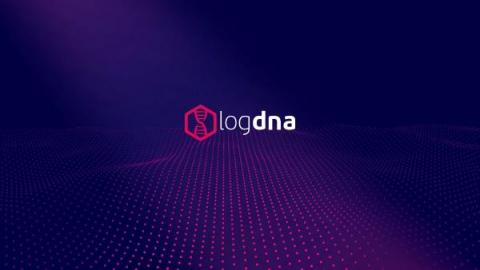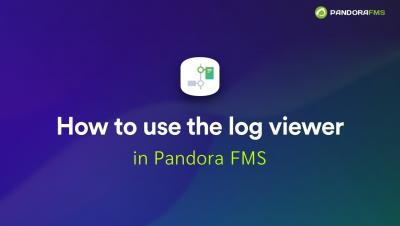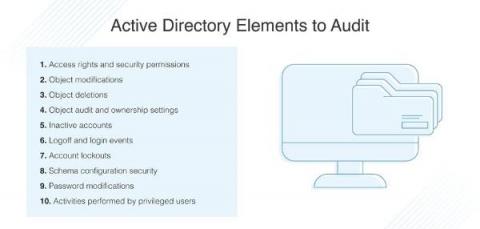IoT Data With LogDNA
Consider the following question: Why do most teams face pressure to rethink traditional logging and observability approaches? Asking this question to most engineers would likely result in answers centered on the challenges posed by microservices apps. Because microservices are more complex than monoliths and involve more moving parts, they require more sophisticated, granular log collection, correlation, and analysis.





